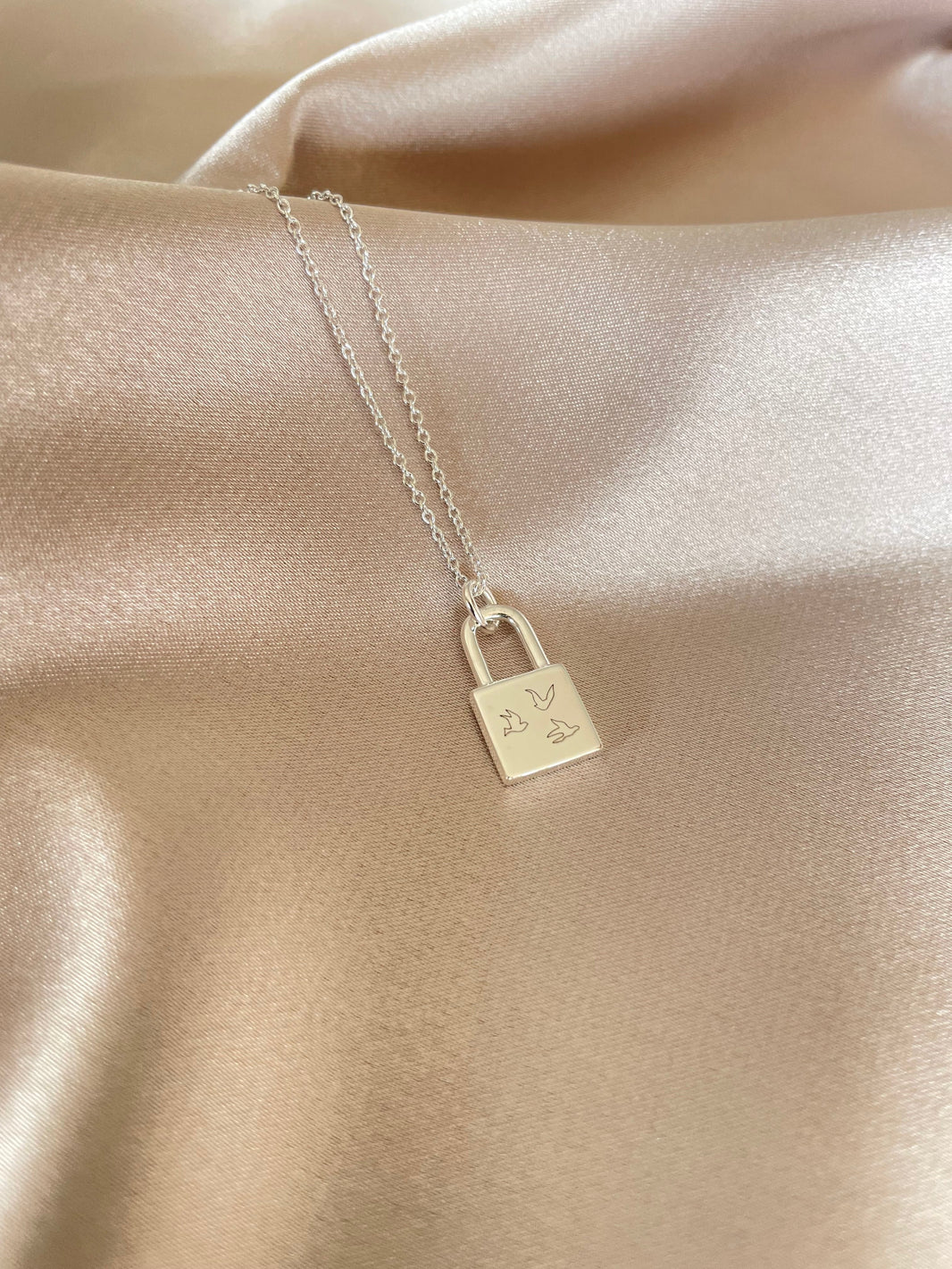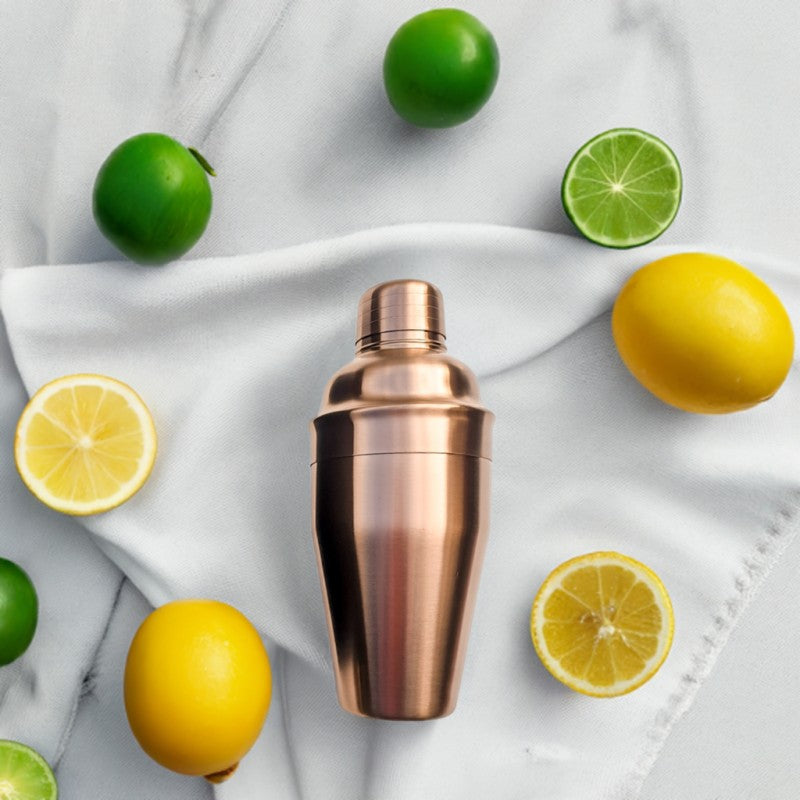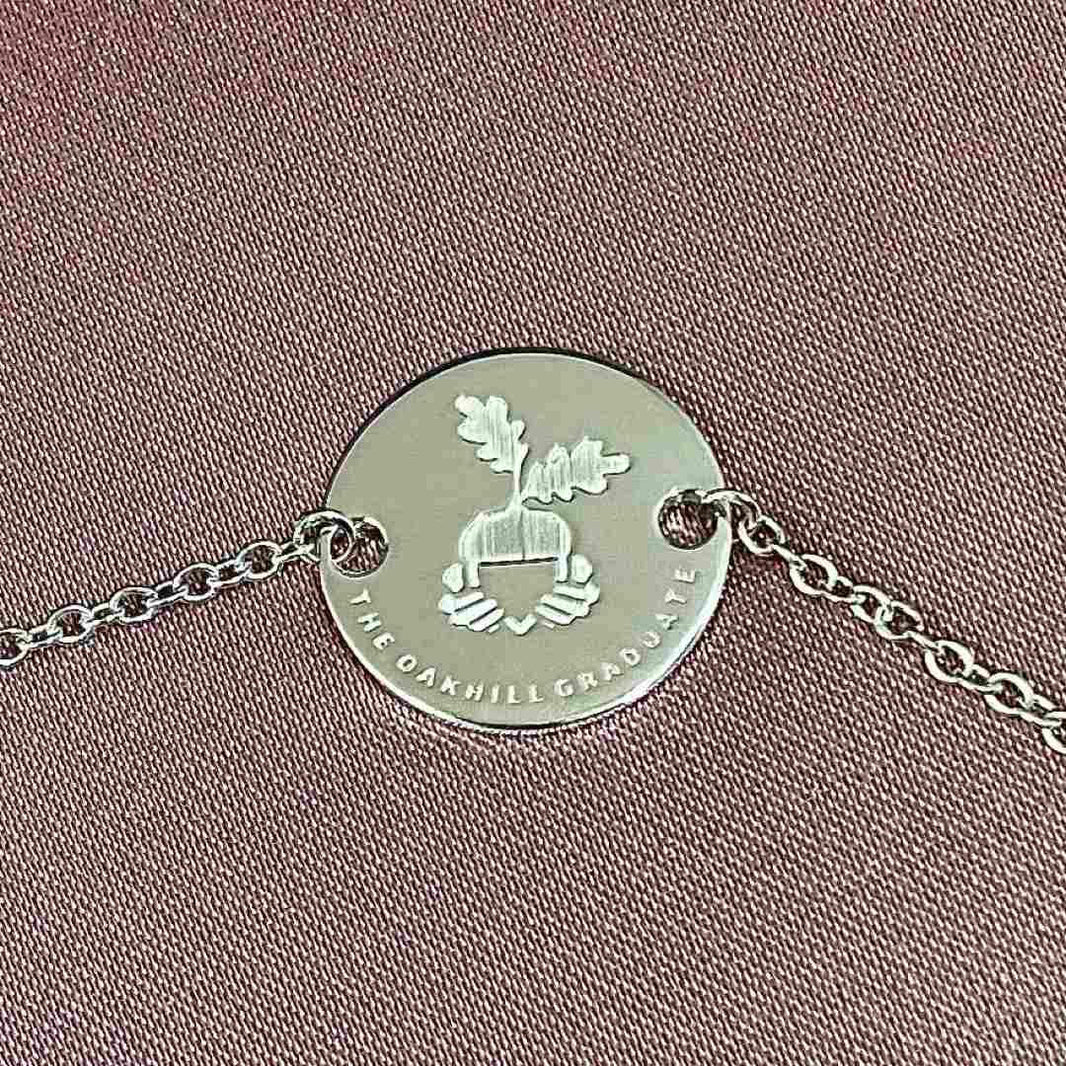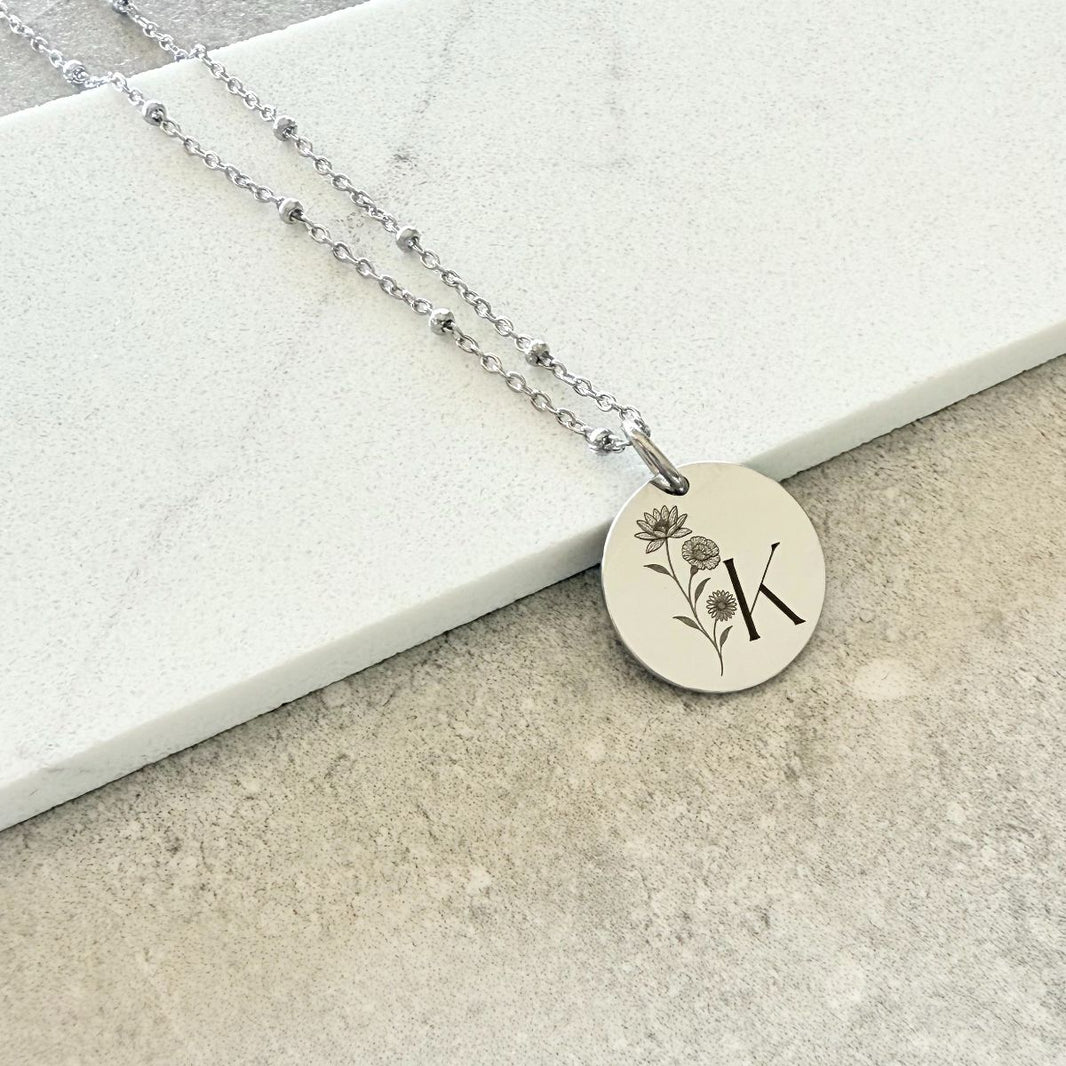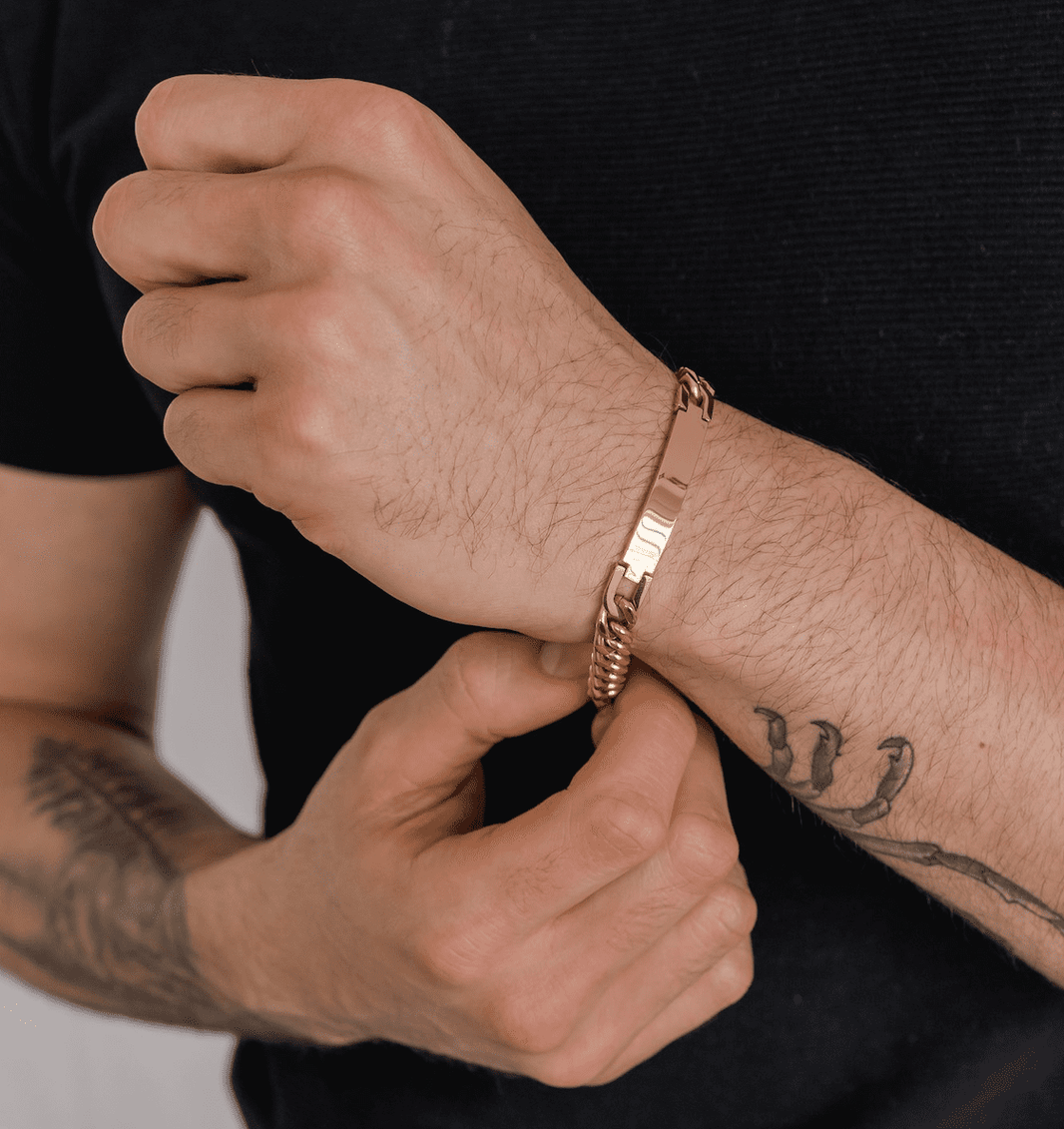When choosing the perfect jewellery piece, the material plays a crucial role in its longevity, look, and value. Sterling silver and stainless steel are two popular choices, each with its unique qualities. Understanding their differences helps in selecting the jewellery that suits your lifestyle, budget, and preferences. Let’s delve into the characteristics of these materials to make an informed choice.
Understanding Sterling Silver
Sterling silver is a classic material loved for its elegance and timeless appeal. But what exactly is sterling silver, and why is it so cherished?
Composition and Features
Sterling silver consists of 92.5% pure silver, mixed with 7.5% other metals like copper. This composition enhances durability while retaining the shine and charm of silver.
- Pros:
- Luxurious appearance
- A precious metal and more affordable than gold or platinum
- Hypoallergenic properties
- Suitable for intricate designs
- Cons:
- Requires regular polishing to prevent tarnish
- Softer than other metals, leading to potential scratches
Popular Uses
Sterling silver is ideal for elegant jewellery like rings, necklaces, and earrings. Its malleability allows for intricate craftsmanship, making it a go-to choice for timeless designs.
Understanding Stainless Steel Jewellery
Stainless steel jewellery has gained popularity for its modern aesthetic, affordability, and durability. But what makes it a strong contender against sterling silver? Let’s explore its unique features and benefits.
Composition and Features
Stainless steel is an alloy made primarily of iron, chromium, and other metals like nickel and carbon. The chromium content provides excellent resistance to rust, tarnish, and corrosion, making it a low-maintenance material.
- Pros:
- Extremely durable and scratch-resistant
- Affordable compared to precious metals
- Low maintenance, with no need for frequent polishing
- Cons:
- Heavier than sterling silver
- May cause irritation for individuals allergic to nickel
- Limited to more modern and industrial designs
Popular Uses
Stainless steel is widely used in contemporary jewellery designs, particularly for bracelets, watches, and men’s jewellery. Its sleek, polished appearance lends itself to minimalist styles and casual wear.
Making the Right Choice – Sterling Silver vs Stainless Steel Jewellery
When choosing between sterling silver and stainless steel jewellery, it’s essential to consider your personal style, budget, and the intended purpose of the jewellery. Let’s break down key factors to help you decide.
Aesthetic and Durability
Polished Stainless Steel
- Shine: Provides a sleek, mirror-like finish with a modern, minimalist undertone, perfect for everyday wear.
- Durability: Highly resistant to tarnishing, scratches, and corrosion, stainless steel stands up to daily use and exposure to moisture without losing its shine.
- Weight: Lightweight and practical, offering a casual feel compared to sterling silver.
Polished Sterling Silver
- Shine: Features a bright, warm glow and timeless elegance, ideal for those who appreciate a more traditional look.
- Durability: Although durable, sterling silver is softer and more prone to tarnishing and scratches. With proper care, its beauty can be preserved for years.
- Weight: Heavier than stainless steel, giving it a luxurious and premium quality feel.
Gold-Plated Stainless Steel vs. Gold-Plated Sterling Silver
Gold-Plated Stainless Steel
- Durability: The strong stainless steel base ensures the gold plating resists chipping and fading.
- Longevity: Maintains its gold finish with minimal maintenance, making it a durable option for everyday wear.
- Best For: Affordable luxury with a lightweight, durable, and modern gold aesthetic.
Gold-Plated Sterling Silver
- Durability: The sterling silver base offers a richer, premium feel but requires more care to maintain the gold plating.
- Longevity: Over time, the plating may wear down, exposing the silver base. Regular gentle cleaning can prolong its life.
- Best For: Those seeking the elegance of sterling silver with a warm gold finish.
Durability
- Gold-Plated Stainless Steel: Offers superior resistance to daily wear, scratches, and tarnishing, making it the most durable choice for gold-plated jewelry. Gold-
- Plated Sterling Silver: Provides a richer, more premium feel but requires more care to maintain the plating and prevent tarnishing of the silver base.
Engraving Options
There are some differences in how stainless steel, sterling silver, and gold-plated versions of jewellery respond to laser engraving. These differences mainly stem from the material's hardness, reflectivity, and the plating's durability.
Here's an overview:
Stainless Steel:
- Laser engraving on stainless steel produces clean, precise, and permanent markings with a high contrast, especially for text and detailed designs.
- The material’s hardness ensures the engraving resists wear and doesn’t fade easily, making it highly durable.
Challenges: Stainless steel's reflectivity can sometimes cause minor issues with engraving accuracy, but this is mitigated with proper laser settings.
Ideal For: Intricate designs, logos, names, dates, or symbols that require sharp detailing and durability.
Sterling Silver:
Engraving Results:
- Laser engraving on sterling silver also produces precise, clean markings, but the contrast is usually less defined than on stainless steel because of the material’s reflective nature.
- Over time, oxidation or tarnishing may darken the engraved areas, enhancing contrast naturally.
Challenges: Sterling silver is softer than stainless steel, making it more prone to scratches or damage in and around the engraved area.
Ideal For: Custom designs where a luxurious, traditional appearance is desired, especially for heirloom or keepsake pieces.
Gold-Plated Stainless Steel
Engraving Results:
- Engraving removes the gold plating in the engraved areas, revealing the underlying stainless steel. This creates a two-tone effect with excellent contrast.
- The durability of the stainless steel base ensures the engraving remains sharp and resistant to fading over time.
Challenges: The engraving process permanently removes the gold plating in the marked areas, which cannot be restored.
Ideal For: Modern, sleek designs where durability and contrast are key priorities.
Gold-Plated Sterling Silver
Engraving Results:
- Similar to gold-plated stainless steel, the engraving reveals the sterling silver beneath the plating. This creates a two-tone effect but with a softer, warmer tone due to the silver base.
- The silver base is more prone to tarnishing in the engraved areas over time, which can create a vintage or patina-like look.
Challenges: The softer sterling silver base is more susceptible to scratches or dents in the engraved areas. Additionally, careful handling is required to avoid prematurely wearing down the gold plating during the engraving process.
Ideal For: Elegant, delicate designs where the classic charm of sterling silver and gold plating is desired.
Key Differences in Engraving Performance
Durability:
- Stainless steel engravings are the most durable and resistant to wear, while sterling silver engravings require more care to maintain their appearance.
- Engravings on gold-plated items will always expose the base material, with stainless steel being more durable and tarnish-resistant than sterling silver.
Contrast:
- Stainless steel provides the highest contrast, while sterling silver relies on natural tarnishing or oxidation for enhanced visibility.
- Gold-plated options create a striking two-tone effect, with stainless steel bases providing sharper contrast than sterling silver bases.
Care Requirements:
- Gold-plated items (regardless of base) require the most care to avoid wearing away the plating or scratching the engraved areas.
Care Instructions: Keeping Your Jewellery Beautiful
Proper care is essential to maintain the beauty and longevity of your jewellery. Here’s how to care for different materials effectively:
Stainless Steel
- Clean with a soft, damp cloth to remove fingerprints or dirt.
- Avoid harsh chemicals, like bleach or strong detergents, as they can dull the finish.
- While durable, remove stainless steel jewellery before activities that may cause physical damage, such as heavy sports.
Sterling Silver
- Use a soft silver polishing cloth or a gentle silver cleaner to restore its shine.
- Store in an airtight bag or anti-tarnish pouch to protect it from air and moisture.
- Avoid exposure to water, lotions, perfumes, and cleaning products to prevent tarnishing.
Gold-plated jewellery (Stainless Steel and Sterling Silver Bases)
- Gently clean with a soft, damp cloth to preserve the gold plating. Avoid abrasives or jewellery cleaners that can strip the plating.
- Store separately in a soft pouch or jewellery box to prevent scratches.
- Remove before swimming, showering, or engaging in activities that involve water, sweat, or harsh chemicals.
- For gold-plated sterling silver, ensure the piece is completely dry before storing to prevent tarnishing of the silver base.
Choosing the Perfect Jewellery for You
Sterling silver and stainless steel each offer unique benefits, from the elegance and tradition of sterling silver to the durability and modern appeal of stainless steel. Consider your style preferences, budget, and lifestyle to make the best choice. No matter what you choose, proper care will ensure your jewellery remains beautiful for years to come.


